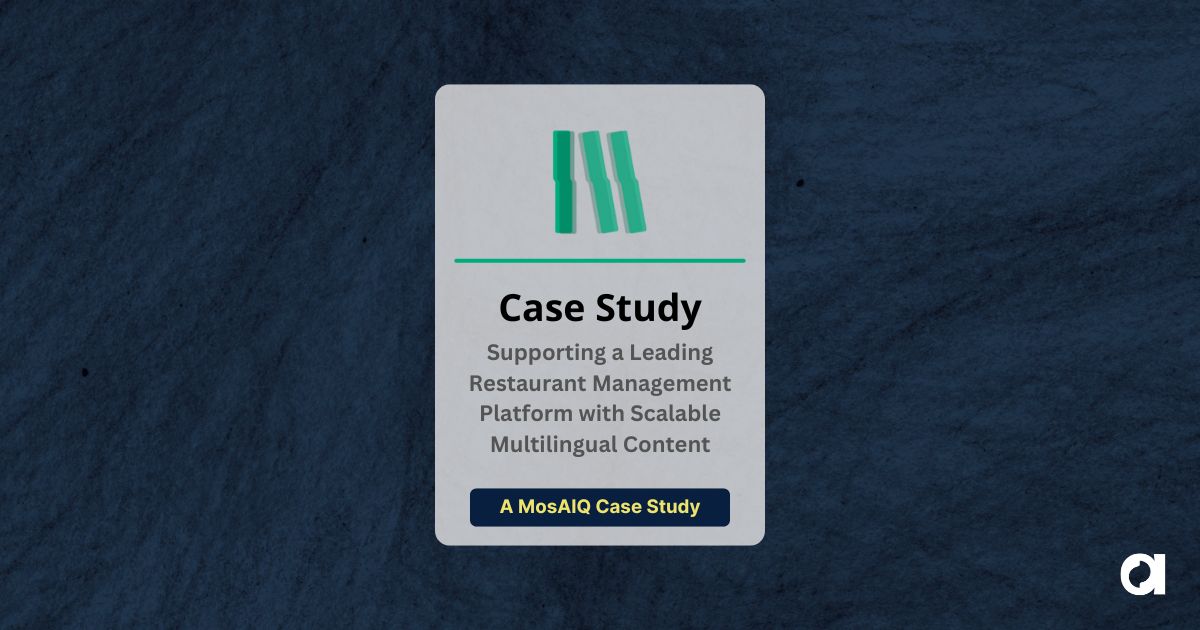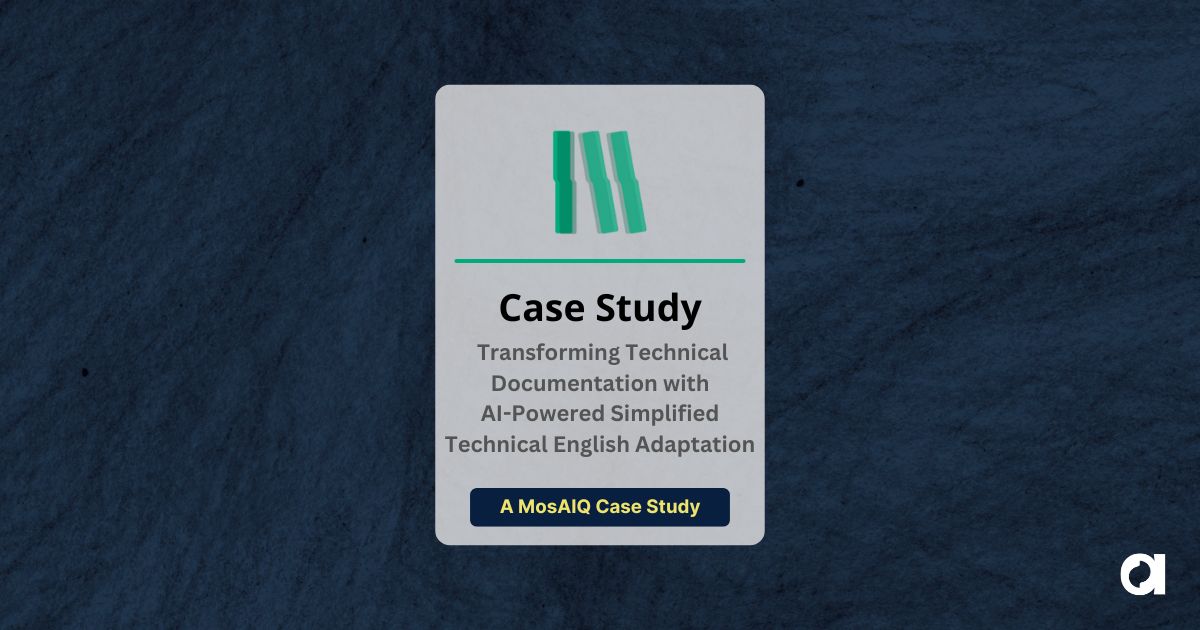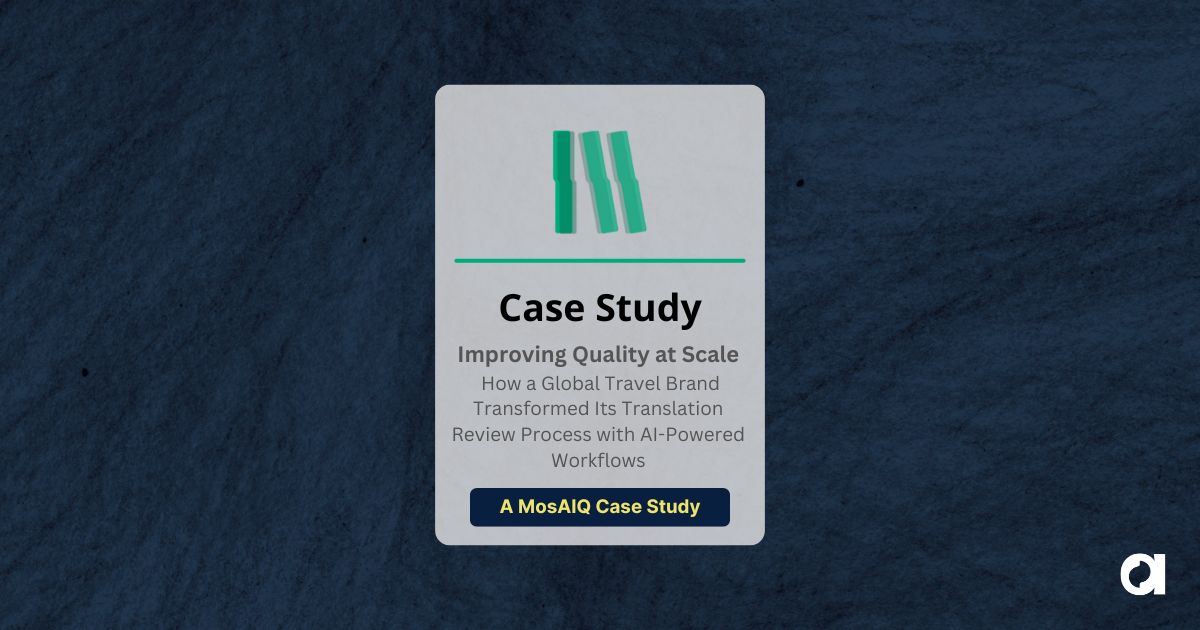Scaling localization can mean expanding into new languages, increasing output to translate more content, or building systems that operate faster. It can also mean narrowing focus, reducing work in low-priority markets, or adjusting efforts to meet compliance needs. What scaling looks like depends on both the demands of the business and the resources available to meet them.
The tricky part is that business can be unpredictable, especially right now. In a climate shaped by AI disruption, tightening budgets, regulatory uncertainty, and changing market demands, conditions rarely stay stable for long.
Business priorities can also change quickly. Content pipelines grow while timelines shrink. AI offers speed but raises new risks. And through all of this, localization teams are expected to stay focused, fast, and accurate.
There’s no single playbook for how to respond. Whether up, down, or sideways, the way teams scale reveals how well localization is built into the business. Success depends on knowing when to scale, how to adapt to changing conditions, and how to maintain stability across teams, processes, and markets.
Under Pressure: How Localization Teams Adapt and Scale
Scaling localization is not always about doing more. Sometimes it means reaching new markets and multiplying output. Sometimes it means narrowing focus to protect core regions. And sometimes, it means reinforcing the systems that support localization.
Scaling up starts with volume, but it succeeds through structure. Teams that manage expansion well do more than add languages or vendors. They simplify handoffs, finalize source content before localization begins, and prioritize consistency through governance. Without a strong foundation, scaling up multiplies friction instead of reach.
Scaling down demands just as much discipline. When budgets tighten or market priorities change, smart teams concentrate on what matters most. They protect key regions, focus on compliance-driven content, and maintain quality even as their footprint contracts. Scaling down is not a retreat. It is a way to stay strong and ready for the next move.
Scaling sideways is about strengthening operations instead of expanding them. Teams that scale sideways refine translation memories to keep terminology aligned, introduce partial automation for version control, and tighten internal reviews to catch errors earlier. These steps might not add new markets, but they protect the speed, accuracy, and flexibility that scaling demands.
Effective scaling starts by knowing what kind of change the business is really asking for.

Getting Localization Ready to Scale
Localization teams often face pressure to scale quickly. New markets open, budgets and product priorities change. The teams that manage it best are the ones that build flexible systems early, not the ones that try to race ahead without a plan.
Clear ownership is the first step. It makes a difference when everyone knows who makes decisions, who reviews content, and how to handle exceptions. Some companies centralize localization to keep tight control over quality and tools. Others let regional teams run their own programs to move faster locally. Neither model is perfect. What matters is setting clear roles and making sure decisions move without getting stuck.
Technology only helps if it fits the way the team actually works. A strong Translation Management System (TMS) centralizes workflows for better control, automates repetitive tasks, and simplifies communication between teams. Machine translation and automation speed up high-volume work by letting humans focus on areas that matter most. Good systems are built around helping people work faster and smarter, not around chasing speed for its own sake.
Vendor partnerships can make or break scaling efforts. Teams that scale well bring vendors into their processes from the beginning, sharing style guides, terminology, and quality expectations early instead of trying to bolt them on later. Good partnerships are built on deep team integrations, not just price sheets and deadlines.
Scaling rewards teams that set up strong systems early, so when things move faster, the operation holds together without jeopardizing quality or burning out.
How Outside Forces Challenge Localization Teams
Even strong localization systems face outside pressure. New regulations, technology changes, and evolving market demands push strategies in ways no internal plan can fully predict. Scaling successfully depends on how well teams adjust when the ground moves under them.
Economic and political changes like new tariffs, trade agreements, and language laws can reshape priorities quickly. Markets that once looked stable can slow without warning. Compliance demands can turn localization from an option to a legal requirement. Teams that stay connected to policy trends and maintain flexible market plans respond faster, with fewer costly surprises.
Technology changes the landscape just as fast. Advances in generative AI raise new questions about quality control and workflow design. AI-generated content adds volume without always adding time or budget. Teams that treat technology as a moving system, testing tools regularly and adjusting workflows when needed, keep pace while staying flexible.
Cultural shifts inside target markets bring their own challenges. Changes in language tone, formality, or use can make once-reliable localization strategies feel dated. Static style guides and assumptions built years ago cannot keep pace. Teams that stay close to in-market experts and build real-time feedback loops keep localization relevant without starting over every time expectations change.
Staying flexible under outside pressure is one thing. Making smart decisions about when and how to scale is what comes next.

Strategic Decision-Making in Scaling
Once systems are in place, scaling depends on making hard decisions. Teams have to know where to focus, when to move, and how much risk they are willing to absorb when things change.
Good scaling decisions are grounded in hard data, not assumptions. Teams need direct links between localization priorities and business outcomes: which markets are gaining traction, which products or content types drive engagement, and where compliance opens or closes doors. Analytics tied to revenue, adoption, and risk give scaling efforts direction.
Alignment across teams turns scaling from an operational task into a business strategy. Localization touches marketing, product, legal, and support. Without shared goals and clear roles, scaling fractures under its own weight. Strong partnerships prioritize projects, set realistic timelines, and tie language strategy directly to growth metrics.
Scaling plans should leave room for adjustment, not just expansion. Some markets will underperform. New technology will change execution. Teams that scale well make space for unexpected changes, redirect resources quickly when needed, and stay focused on outcomes, not just initial plans.
Scaling Means Staying Ready
The truth about scaling localization is that it’s rarely about size alone. The goal of scaling is simply building resilient, adaptable systems that can respond to market adjustments, technological change, and evolving consumer expectations. In other words, building operations that can absorb pressure without breaking. Localization teams are often assessed by how reliably they deliver, even when conditions change faster than plans can.
Flexibility has become more important than raw scale. Companies that recognize this are already ahead. They’re building localization operations that move without losing momentum or sacrificing quality and keep business flowing even when the landscape keeps changing.
Want to make sure your localization team is ready to move when your business does? Let’s talk. We’ll help you build localization operations that keep pace, no matter which way your markets go next.
 Gabriel Karandyšovský
8 min. read
Gabriel Karandyšovský
8 min. read
The week of June 2, the Argos Multilingual team flew to Malmö, Sweden, for LocWorld53. Argos had a booth at the event, dispensing copious amounts of tasty chocolate and (the best) coffee to passersby — this conference business needs its fuel. That was not all, though: Two of our team members, Katka Gašová and Rodrigo […]

 Argos Multilingual
8 min. read
Argos Multilingual
8 min. read
For many employees, health benefits platforms are often their first stop when it’s time to review what their plan covers, how to enroll, and what’s changed since last year. For employers serving diverse, multilingual workforces, benefits information often comes from multiple sources. Some of it is translated or localized. Some of it isn’t. One screen […]











